Harmonic Analysis (RMA) Worksheet for the song: "All I Have To Do Is Dream".
Harmonic Analysis (RMA) Worksheet for the song: All I Have To Do Is Dream.
All I Have To Do Is Dream is a song made famous by The Everly Brothers , written by Boudleaux Bryant of the husband-and-wife songwriting team Felice and Boudleaux Bryant, and published in 1958. The song is ranked No. 141 on the Rolling Stone magazine's list of The 500 Greatest Songs of All Time. The song is in AABA form.
The best-known version was recorded by the Everly Brothers at RCA Studio Nashville and released as a single in April 1958. It had been recorded by the Everly Brothers live in just two takes on March 6, 1958, and features Chet Atkins on guitar. It was the only single ever to be at No. 1 on all of the Billboard singles charts simultaneously, on June 2, 1958. It first reached No. 1 on the "Most played by Jockeys" and "Top 100" charts on May 19, 1958, and remained there for five and three weeks, respectively; with the August 1958 introduction of the Billboard Hot 100 chart, the song ended the year at No. 2. "All I Have to Do Is Dream" also hit No. 1 on the R&B chart as well as becoming the Everly Brothers' third chart topper on the country chart. The Everly Brothers briefly returned to the Hot 100 in 1961 with this song. (wikiwand);
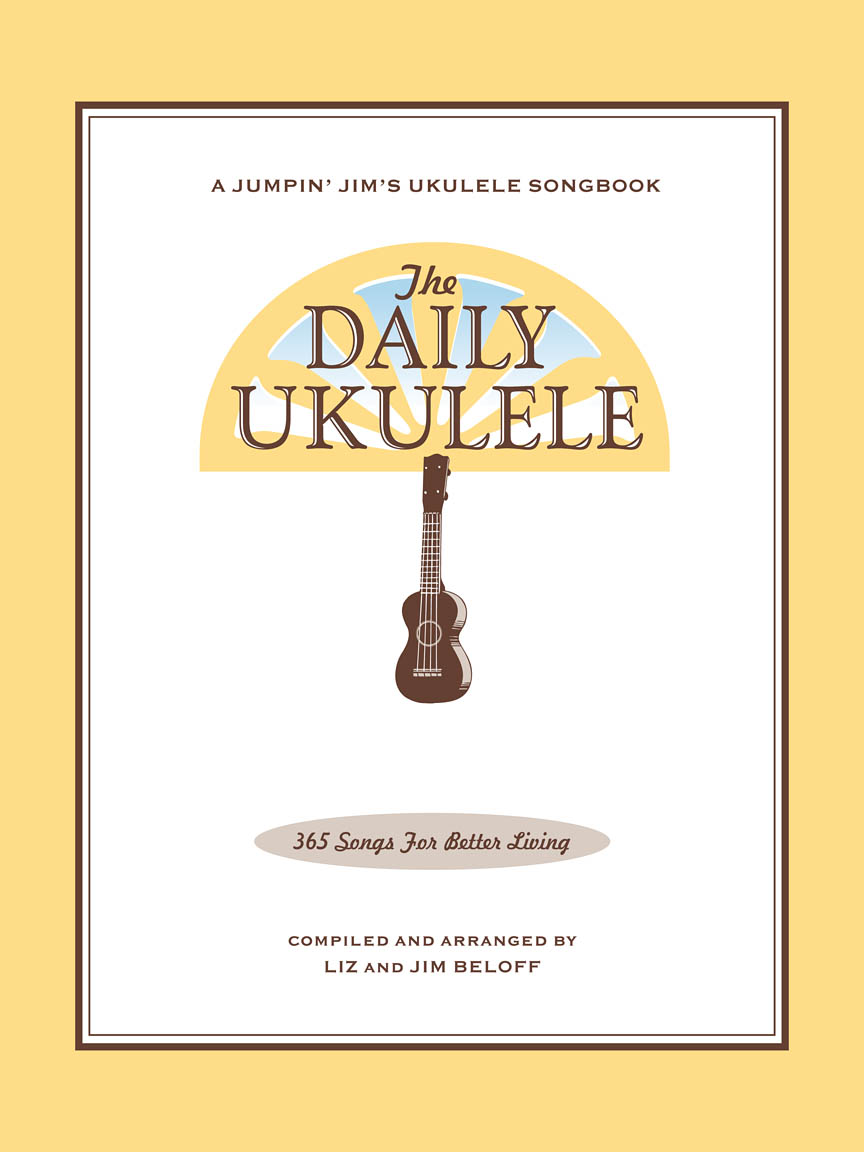
The Daily Ukulele— 365 Songs for Better Living book.








I7
( V of IV)
I7
( V of IV)
II7
( V of V)
A Harmonic Analysis (RMA/HA) and its worksheet are intended to show the function of the chords, the harmonic principles used, the keys and tonalities the song explores. And, can be used for scale selections and chord and scale substitutions.
lead leadsheet.Minimal roadmap information such as repeats, fine, D.S., D.C., and codas has been used in preparing the worksheets to somewhat mirror the leadsheet in the Daily Ukulele book.
Yellow Book. You should start to recognize that 1st endings typically always return to a previous verse or an
 section. With a 2nd ending, a transition to a different part of the song, a
section. With a 2nd ending, a transition to a different part of the song, a  or chorus. Harmonic Principles are used for these repeats and transitions.
or chorus. Harmonic Principles are used for these repeats and transitions.- All I Have To Do Is Dream is in 4/4, Common Time and the Key of C . Original: Key of E, Tempo: 96 bpm
- Full Diatonic
- Partial Diatonic • Full Diatonic includes Secondary Dominant chords
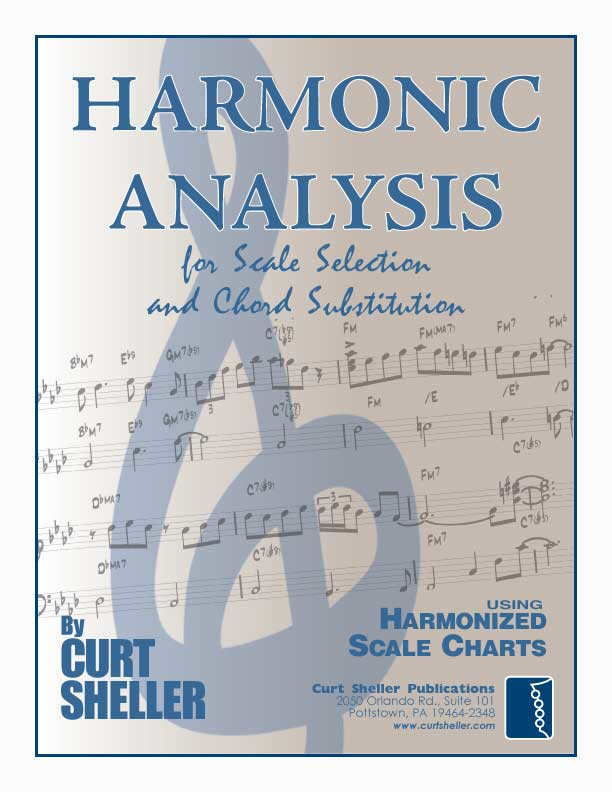
Contemporary Scales: Minor Pent: Minor Pentatonic, Pent: Major Pentatonic, Blues,
Scale/Mode Names: Ion: Ionian (Major), Dor: Dorian (Minor), Phrygian: Phrygian, Lyd: Lydian, Mix: Mixolydian (Dominant), Aeol: Aeolian (Natural Minor), Loc: Locrian
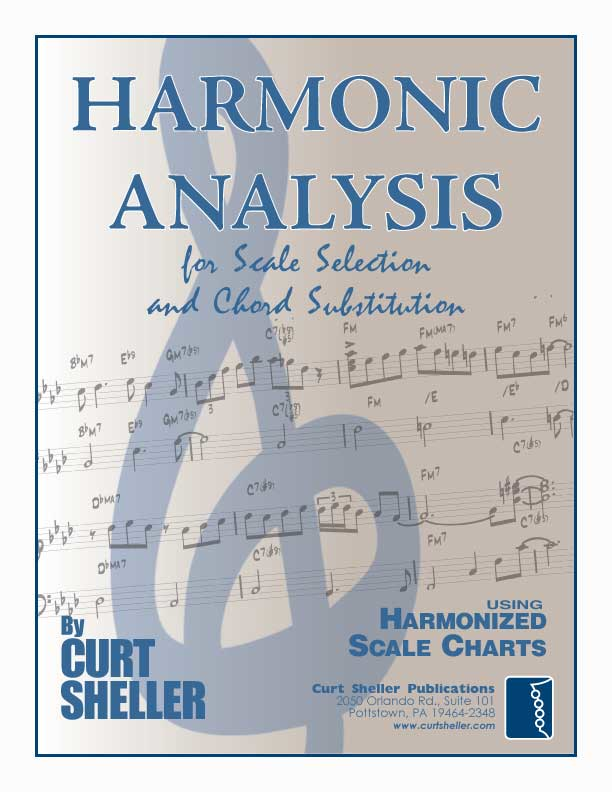
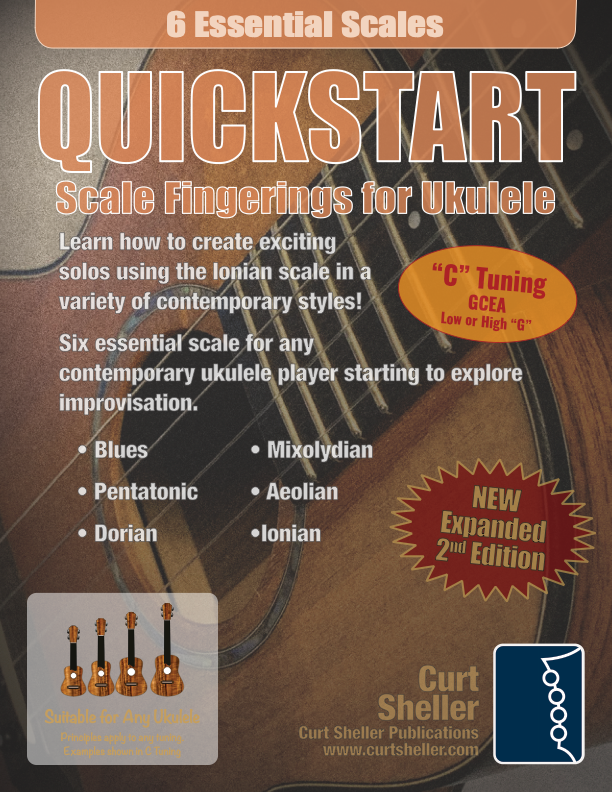
A classic example of using the (wikiwand);
'50s progression
changes:
I VI II V
.
Intro
A single I chord arpeggiated.
Related Lessons, Videos, Lesson Series, Songs, Books & Reference Charts, Resources & Assets, Workshops are below.

Harmonic Analysis (HA), also known as the study of chord relationships, is the method used to identify the harmonic role of chords within a chord progression or song. A chord progression refers to a sequence of chords, with each chord having a root note and belonging to a specific chord type. The function of a chord within a particular scale's tonality is determined by its relationship to that scale.



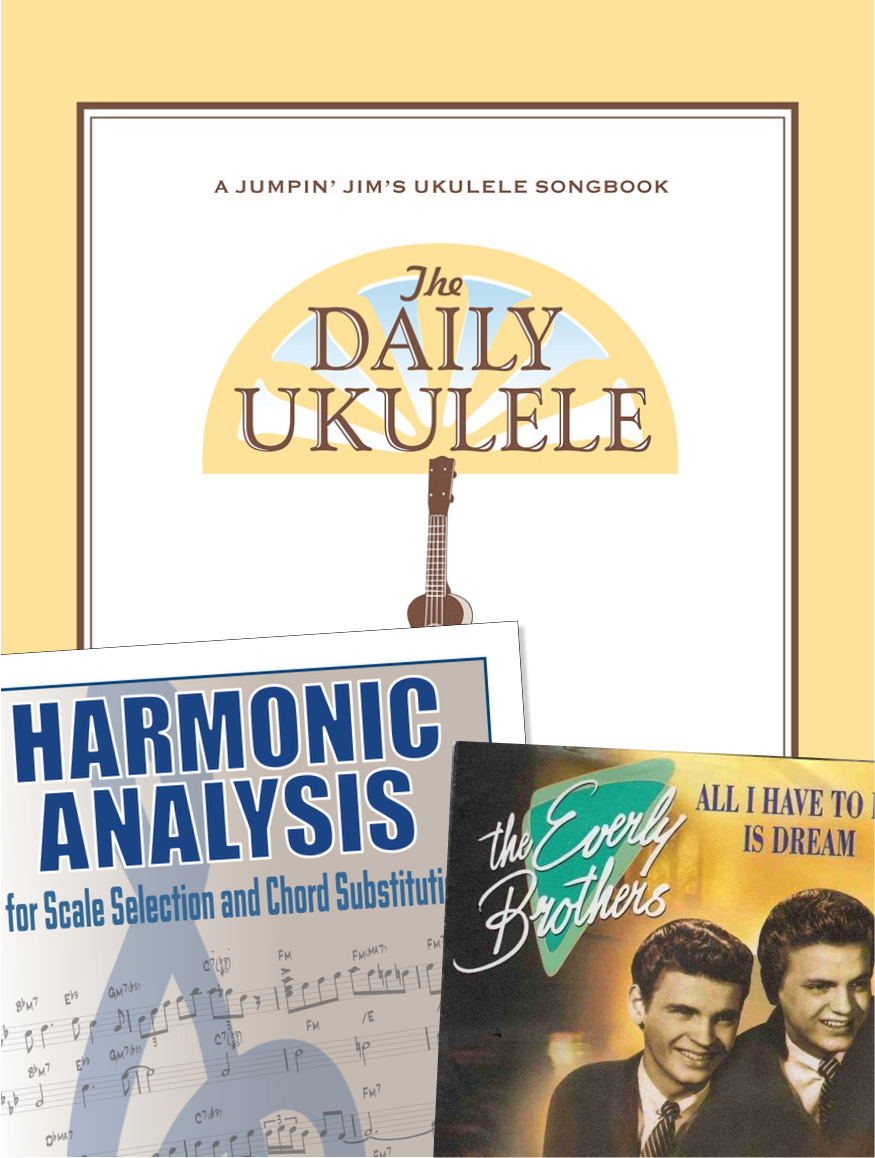
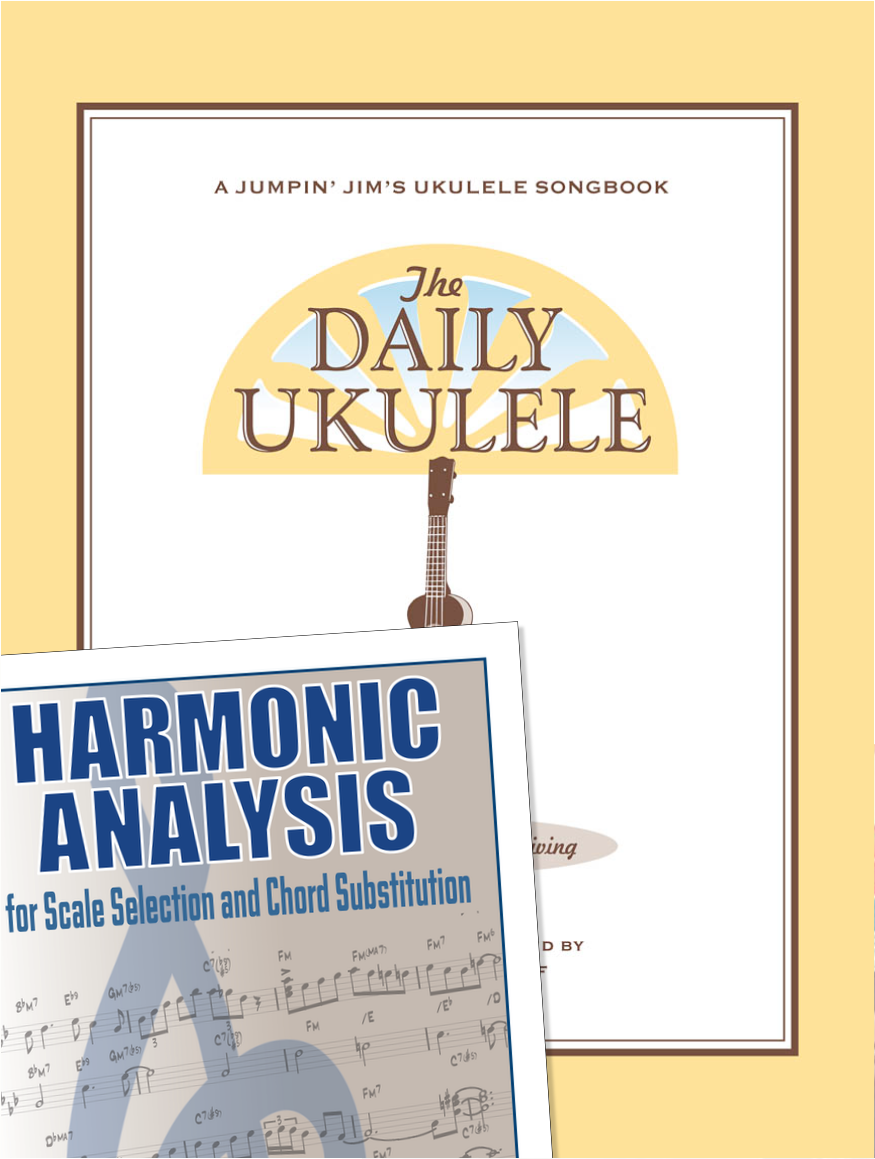

.jpg)